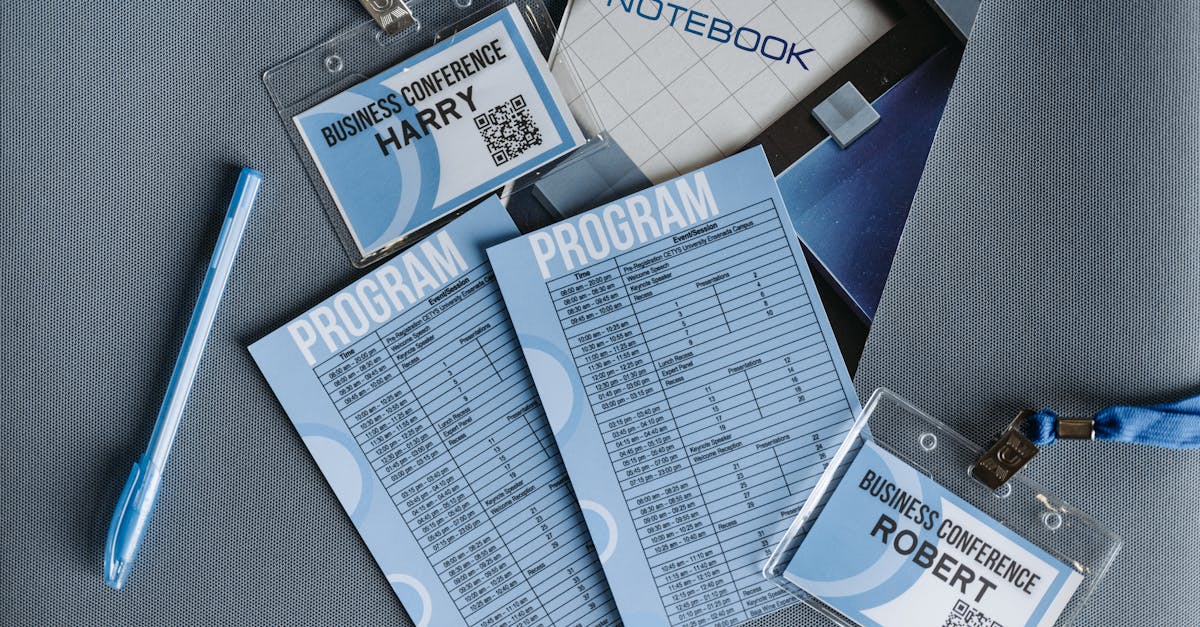
Introduction
HR teams are drowning in repetitive requests — time-off, verifications, leaves, and expense claims — that slow response times and steal capacity from strategic work. As organizations scale and teams go distributed, manual triage becomes a bottleneck: approvals sit idle across time zones, audits grow messy, and employees wait. Document automation, combined with SLA routing, auto-approval patterns, and e‑sign handoffs, turns those daily tasks into fast, auditable workflows and is central to a reliable remote workflow.
What you’ll learn: which high-volume HR requests to automate, how to design SLA and conditional approval chains for scale, practical auto‑approval and e‑sign patterns, integrations and notifications that keep everyone in sync, the KPIs to prove impact, and security and audit best practices — plus ready-to-use Formtify templates and recipes to get started quickly.
Common high-volume HR request types to automate (time-off, verifications, leaves, expense reimbursements)
High-volume requests are the quickest wins for a remote workflow. Automating these reduces manual triage, shortens response time, and frees HR to work on higher-value tasks.
Primary request types to automate
- Time-off and PTO requests — capture dates, type (vacation, sick, personal), approver chain, and calendar updates.
- Leave of absence and accommodations — include medical documentation intake, approver routing, and timeline tracking. Use a standard leave form to ensure consistent decisioning. See a ready leave template: https://formtify.app/set/leave-of-absence-request-letter-eov60
- Employment verifications — automated verification letters and approval workflows cut turnaround from days to minutes. Use a verification template: https://formtify.app/set/78-employment-verification-letter-6fexi
- Expense reimbursements — receipts uploads, spend categorization, policy checks, and auto-routing to finance.
- Onboarding/offboarding paperwork — offer letters, contracts, equipment requests, and termination notices. Helpful templates: offer and agreement: https://formtify.app/set/job-offer-letter-74g61 and https://formtify.app/set/employment-agreement-mdok9; termination flows: https://formtify.app/set/termination-of-employment-letter-eyvtl
Why these work well for remote teams: They have consistent fields, low ambiguity, and predictable decision paths — ideal for a remote work workflow or distributed team workflow where asynchronous handling is common.
Designing SLA routing rules and conditional approval chains for scale
Start with clear SLAs and simple routing rules. Define response and resolution targets for each request type (e.g., 24-hour initial response for verifications, 3 business days for expense reviews).
Routing rules to implement
- Role-based routing — route to a manager or payroll specialist based on request type and employee attributes (location, department).
- Round-robin or load-balanced routing — distribute high-volume requests across a team to avoid bottlenecks.
- Conditional routing — escalate to senior approvers when thresholds are met (amounts over X, medical leaves > Y days).
Design tips for distributed team workflow
- Use business hours and timezone awareness so SLAs respect local working times.
- Include automated reminders and follow-ups based on SLA timers.
- Model approval chains as conditional branches instead of a single linear path to reduce re-work.
These patterns help ensure consistent SLAs in a virtual workflow or remote collaboration workflow and scale as your headcount grows.
Auto-approval patterns, conditional escalations, and e‑sign handoffs to cut response time
Make small decisions automatic and reserve human review for exceptions. Auto-approval removes friction for routine cases and speeds up outcomes for employees.
Auto-approval patterns
- Low-risk auto-approvals — small expense amounts, standard PTO under policy, or verifications that only need a templated response.
- Time-based auto-approval — if an approver does not respond within an SLA window, the system either auto-approves or escalates depending on policy.
Conditional escalations
- Escalate upward for amounts or durations above defined thresholds.
- Branch for policy exceptions (e.g., out-of-country leave) to a legal or benefits reviewer.
E-sign and handoffs
- Attach e-sign steps (offer letters, agreements, termination acknowledgments) and trigger them only after required approvals are completed.
- Use pre-built templates and send a signed copy to employee records automatically to close the loop.
These practices are essential for remote workflow automation and remote workflow best practices because they lower latency and make asynchronous approvals reliable.
Integrations and notifications: connecting forms to HRIS, Slack, and ticketing systems
Integrations turn static forms into live parts of your HR ecosystem. Connect forms to HRIS for data sync, Slack for alerts, and ticketing for case management.
Key integration targets
- HRIS/Payroll — sync hires, terminations, time-off balances, and signed agreements to your HRIS.
- Slack and Microsoft Teams — send approval requests, reminders, and confirmations to approvers and requesters to support asynchronous communication strategies.
- Ticketing systems (Jira/ServiceNow/Zendesk) — create records for complex cases and link form responses to case IDs.
Integration tips for remote collaboration workflow
- Use webhooks and pre-built connectors for near real-time updates.
- Standardize payloads so downstream systems can act without manual mapping.
- Send contextual notifications (include request type, requester, and SLA) to reduce back-and-forth.
For example, trigger a hire workflow from an accepted electronic offer (using templates like https://formtify.app/set/job-offer-letter-74g61) and push the signed agreement to the HRIS automatically (supported by https://formtify.app/set/employment-agreement-mdok9).
KPIs to measure success: response time, SLA compliance, and backlog reduction
Measure what matters to prove impact. Focus on metrics that show speed, reliability, and reduced manual work.
Primary KPIs
- Average first response time — time from submission to initial action or acknowledgement.
- Resolution time — full cycle time until the request is completed.
- SLA compliance rate — percentage of requests resolved within SLA targets.
- Backlog and queue length — active items waiting for action.
- Auto-approval rate — percent of requests handled without manual review.
How to use these KPIs
- Set baseline targets (e.g., 90% initial responses within 24 hours) and track week-over-week improvements.
- Use dashboards for approvers and HR leaders to spot bottlenecks by request type or team.
- Pair KPIs with quality checks — e.g., audit a sample of auto-approved requests for correctness.
Tracking these metrics improves remote team productivity and validates your remote work processes and remote work workflow automation efforts.
Security, PII handling, and audit trails for high-volume HR workflows
Protecting employee data is non-negotiable. Build security and compliance into every automated workflow.
Best practices for PII and security
- Least privilege access — only grant data access to roles that require it, and use role-based access controls.
- Encryption — encrypt data at rest and in transit, especially for sensitive attachments (medical docs, IDs).
- Data minimization and retention — capture only what’s required and keep retention policies automated.
- Secure remote access — enforce MFA, SSO, and VPN/zero-trust for tools that access HR systems to support secure remote access practices.
Audit trails and compliance
- Maintain immutable logs of submissions, approvals, edits, and downloads for audit purposes.
- Timestamp actions and store copies of signed documents and verification letters.
- Regularly export or analyze logs for anomalies and to support compliance requests (e.g., GDPR, CCPA).
These controls ensure your virtual workflow and distributed team workflow meet legal and security expectations while enabling efficient remote collaboration workflow.
Recommended Formtify templates and automation recipes to implement quickly
Use templates to move faster — don’t recreate the basics. Formtify provides ready forms and common automation recipes you can adapt for remote workflows.
Templates to start with
- Job offer letter — trigger onboarding, send to e‑sign, and create HRIS hire record.
- Employment agreement — route to legal, capture e‑signature, and store signed PDF.
- Leave of absence request — intake documentation, route by duration, and schedule follow-ups.
- Termination notice — automated checklists for equipment return, benefits, and payroll.
- Employment verification — auto-generate verifications and send templated responses.
Quick automation recipes
- Time-off flow — form submission → manager approval (auto-approve under policy) → calendar update → HRIS sync.
- Verification flow — request received → auto-fill verification letter → signer approval → send PDF and log in employee file.
- Expense flow — receipt upload → policy check → auto-route if under threshold → finance reimbursement trigger.
These recipes are practical remote workflow examples that map directly to remote workflow software and remote workflow templates in your stack. Start with one request type, measure KPIs, then expand to hybrid work workflows and more complex conditional processes.
Pro tip: build in asynchronous communication strategies (clear status emails and Slack notifications) and document remote onboarding processes so new hires experience a consistent virtual workflow.
Summary
Automating high-volume HR requests with clear SLA routing, conditional approval chains, and e‑sign handoffs reduces manual triage, shortens response times, and makes audits straightforward. Start with predictable request types (time-off, verifications, leaves, expenses), apply role-based or load‑balanced routing, and use conservative auto-approval rules so human review is reserved for exceptions. Connect forms to HRIS, messaging, and ticketing systems, track KPIs (response time, SLA compliance, backlog), and enforce least‑privilege access and immutable logs to keep legal and compliance teams confident. These steps turn repetitive tasks into a reliable remote workflow and free HR and legal to focus on higher-value work — get started with templates and automation at https://formtify.app.
FAQs
What is a remote workflow?
A remote workflow is a repeatable process designed for distributed teams that moves requests and approvals through digital forms, routing rules, and integrations rather than in-person handoffs. It standardizes inputs and decision paths so work can be handled asynchronously across time zones while preserving audit trails.
How do you set up an efficient remote workflow?
Begin by automating high-volume, low-ambiguity requests and defining clear SLAs and routing rules tied to roles, locations, or thresholds. Add auto-approval patterns for low-risk items, integrate with HRIS and communication tools, and monitor KPIs to iterate and remove bottlenecks.
What tools are essential for remote workflows?
Core tools include a document automation platform (for forms and templates), an e‑sign provider, an HRIS for data sync, and communication/ticketing systems like Slack or Jira for notifications and case management. Webhooks or pre-built connectors and dashboards for KPIs complete the stack for near real‑time orchestration.
How can remote workflows improve team productivity?
They cut manual triage and reduce turnaround by automating routine approvals and routing, which shortens response and resolution times. That reliability also reduces rework and lets HR and legal spend more time on strategic initiatives instead of repetitive tasks.
Are remote workflows secure?
Yes, when built with security best practices: least‑privilege access, role‑based controls, encryption in transit and at rest, automated retention policies, and immutable audit logs for every submission and signature. Regular audits and sampled quality checks of auto‑approved items help maintain compliance with GDPR, CCPA, and other regulations.





